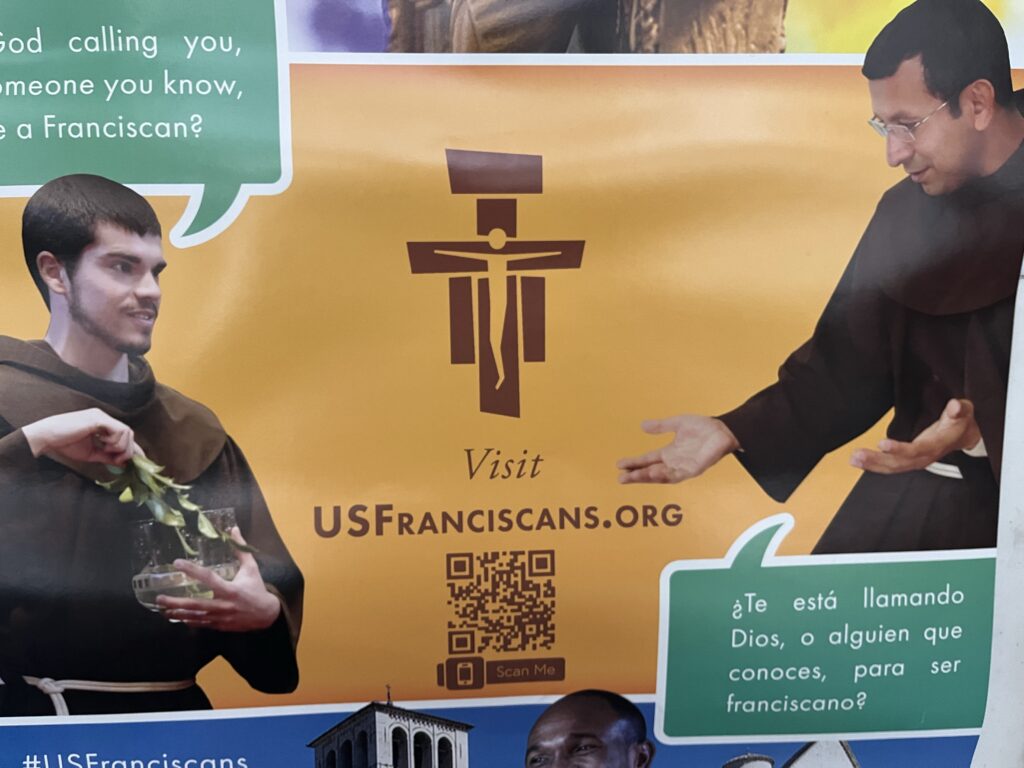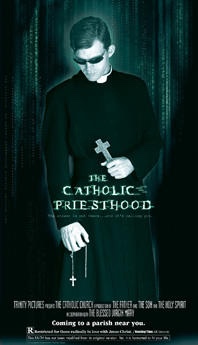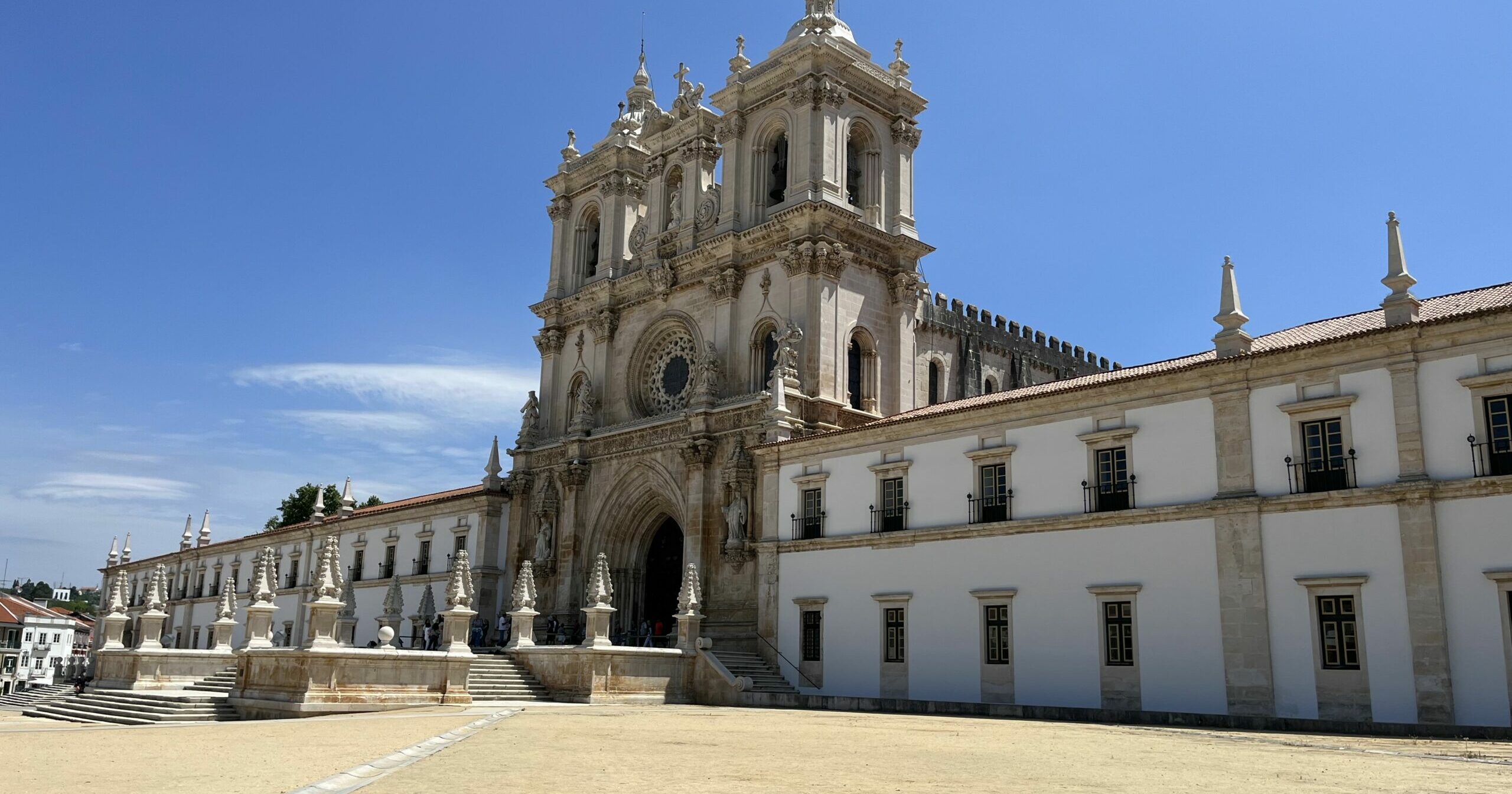I went to a mainstream seminary that touted itself as conservative but not traditional. There, we had a Monsignor from South America who taught us canon law, and he was admittedly quite traditional. He told us one day in class that back in Peru, there were no vocation directors. Msgr. explained that good priests spiritually inspired young men to become priests. If a lazy parish priest did not get vocations from their parish, he got sent to the hinterlands. I liked this plan, but even in seminary I recognized that this sounded like the opposite of North America, namely, where good priests get sent to the hinterlands.
In any case, our canon law professor in seminary implied that the notion of a “vocation director” was a new and failed idea. Basically, the “vocation director” was invented in recent years in Western countries to plug the bleeding of the sacramental need of parishes without priests. It certainly seems to gel with the fact I have never seen the word “vocation director” in the old-school books I read from the days of the Desert Fathers to the first Franciscans to St. Alphonsus beginning the Redemptorists.

Last year in Boston (the city of my alma) I saw this poster up to recruit young men into the Franciscans. Can you imagine Padre Pio seeing this poster and signing up?

About 22 years ago, when I was a FOCUS missionary in the South, I saw the above poster in a diocese in Alabama. (It’s a grainy picture because it’s the only similar one I could find on the internet.) In any case, it’s obviously trying to make the priesthood (and the cassock) look cool. Unlike the Boston picture, I appreciate this attempt to attract normal, orthodox men who pray the Rosary to the priesthood… but does even that work?
We have to go back in history to see the relationship between celibacy and the priesthood. No, I’m not going to get into the fact that the Eastern Rites allow married priests. I firmly believe in the Apostolic origins of priestly celibacy. St. Peter (long after being married) said to Christ, “See, we have left everything and followed you.” Thus, I’m not going to enter into that tired debate. I’m fully Western and fully Roman in my convictions on that.
Rather, I want to point out that for the Desert Fathers, celibacy was the asset and priesthood the liability. Let me write that again: Celibacy is the asset and priesthood is the liability. What that means is that the early Christians had such profound experiences of prayer and union with Christ, that many men and women wanted to flee to the desert to pray and fast and vigil for the growing Church the rest of their lives. They loved celibacy as an important aspect of following Christ more closely.
For the Desert Fathers, many of them were drug kicking and screaming into the cities to be ordained—nearly against their will! Now, why would a celibate not want to be ordained? It is because a desert monk saw continence as the asset to saving his own soul, whereas Holy Orders reduced his chances of salvation. Yes, you read that correctly. The early Christian men thought it would be hard enough to save one soul in the desert (namely their own.) Thus, being drug into a city and ordained a priest meant they would have to answer for 10,000 souls. Even more rigorous, if made a bishop, a man might have to answer for 100,000 souls. (Even the new code of canon law says a bishop is responsible for the salvation of everyone in his diocese, not just the Catholics there.)
So also in the Middle Ages, a man joined the Franciscans or the Dominicans with a commitment to serve God in that particular community. However, he did not get to insist on if he was going to be a priest or a brother. There was no going out with a “vocation director” over coffee to say “I would really like to be a Franciscan priest.” No. You committed to the order (not the priesthood) and attempted the very tough ascetical life of the Franciscans. If you could cut it, you joined the order (not the priesthood.) Your superiors would not let you know for a couple years if the congregation found you more fit for the brotherhood-track or the priesthood-track. Notice again, a true vocation of celibacy launched a person into a community, not into the priesthood. This was the case from the early Church through the Medieval Church.
Of course, for those called to celibacy, the Catholic Church has produced tens of thousands of priests and bishops who went on to be martyred or canonized. These include all the Apostles, St. Polycarp, St. John Chrysostom, St. Maximus the Confessor, St. Bernard, St. Isaac Jogues, Bl. Junipero Serra, St. Ignatius and St. Maximilian Kolbe. Thus, there’s a beautiful overlap between celibacy and priesthood. I’m not saying they’re opposed. I’m just saying the order of operations of discernment is backwards today.
Some people believe that St. John Chrysostom said “The road to hell is paved with the skulls of erring priests, with bishops as their signposts.” St. John may have said that, but what is more definitive is this quote from him: “I do not think that many priests are saved, but that those who perish are far more numerous. The reason is that the office requires a great soul.”—St. John Chrysostom, Third Homily on the Acts of the Apostles. Notice the saint and doctor of the Church believes most priests go to hell because they are not great souls. (And this was in the 5th century before all the priest-child scandals and all the homosexual scandals!) He’s just talking about the tremendous virtue needed to approach the altar.
Notice that the modernist “vocation-director” teaches young men today the opposite as the Desert Fathers, namely, that celibacy is the liability and ordination is the asset.
The traditional order of operations in discernment is: 1) continence vs. marriage and then 2) one congregation vs. another congregation and finally 3) brotherhood vs. priesthood. And the last of the three was mostly done by the man’s congregation. That order of discernment is not my opinion. That’s how it worked from 33AD through the 1970s. Then, in the last 50-70 years, everything changed. Vocations tanked and we got vocations directors recruiting mostly weenies. If young men knew how hard it was for priests to get to heaven, we’d have many more single-celibates (the topic of two upcoming articles on this site next week.)
As far as religious life, we need to return to inspiring young men to holiness through the ascetical life, not through talent shows and making guys giggle over coffee at how relevant or charming the vocation director is. Rather, when men step up to heroic fasting and vigiling, they will follow Christ anywhere. One example of this is the new small start-up of traditional Discalced Hermits of Mt. Carmel. This group of young men is now getting up to 15 vocations a year. Why? Because they are trying to follow St. John of the Cross in following Jesus Christ by living with no central heat and no electricity. Their return to a primitive life is seen here.
Thanks to all donating to my future hermitage and chapel here.
